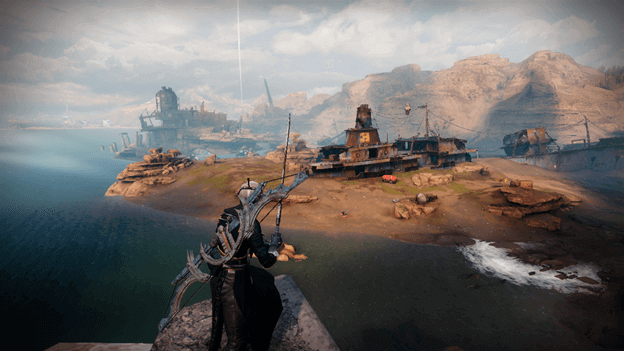


Images of the Earth captured by satellites not only help scientists map things like population density, but they also showcase the effects of climate change, natural disasters, and major weather fronts. While expeditions to strange new worlds sound exciting, one of the most important aspects of space exploration is that it allows scientists to study our own planet. Since then, NASA has had more than 200 successful, manned spacecraft launches and sent out more than 1,000 unmanned satellites.

quickly followed with its own launch of Explorer 1 in 1958. Russia launched the first satellite, Sputnik, in 1957. As modern science expands and evolves, so too does its investigation of the cosmos-including thousands of satellites that are now orbiting the Earth. From satellite launches and manned missions to stepping on the moon and planning a visit to mars, our obsession with space exploration seems to only grow. Our fascination with space and the worlds beyond our own comes from a deep-seated human desire to better understand our place in the universe.


 0 kommentar(er)
0 kommentar(er)
